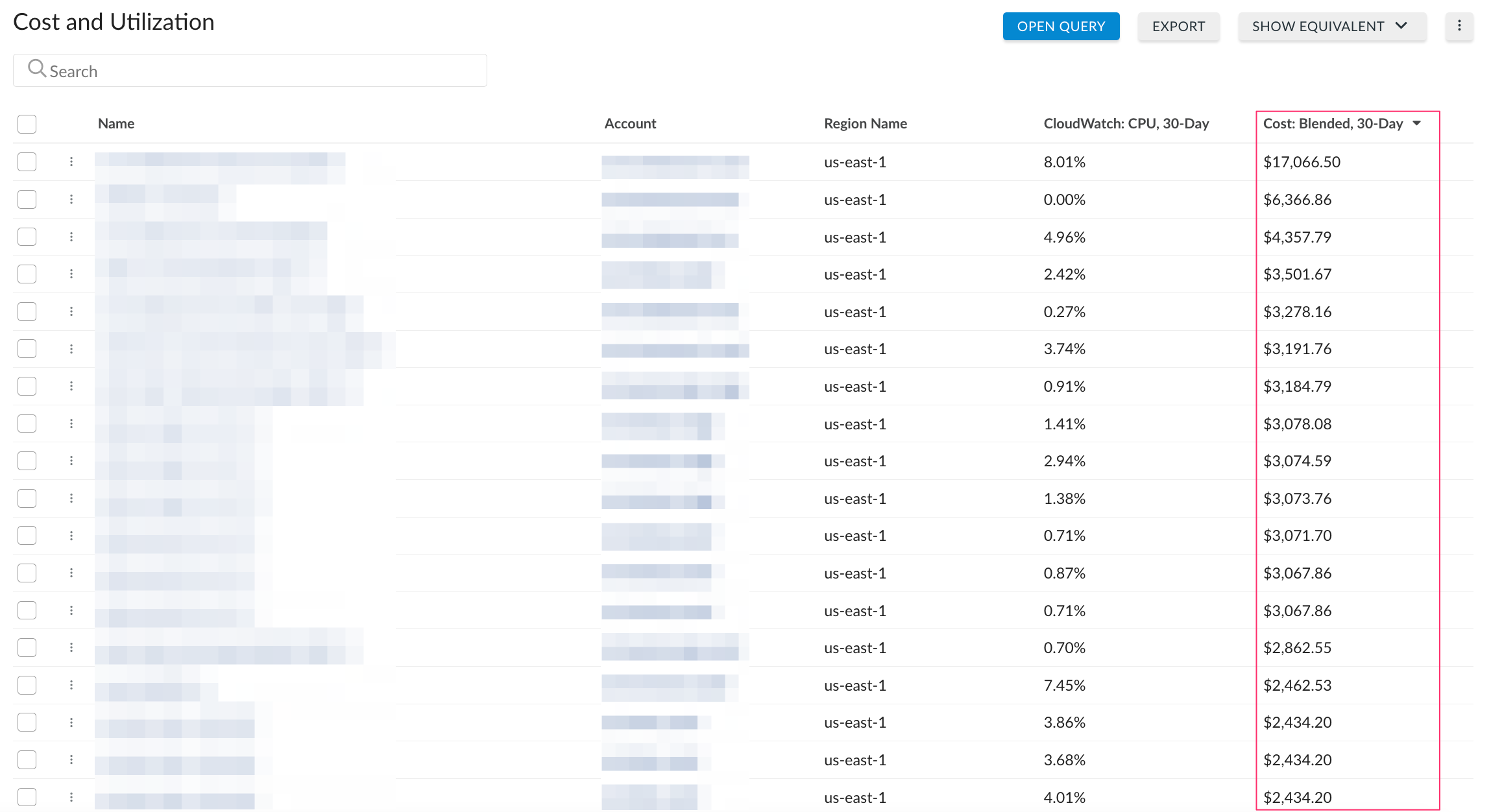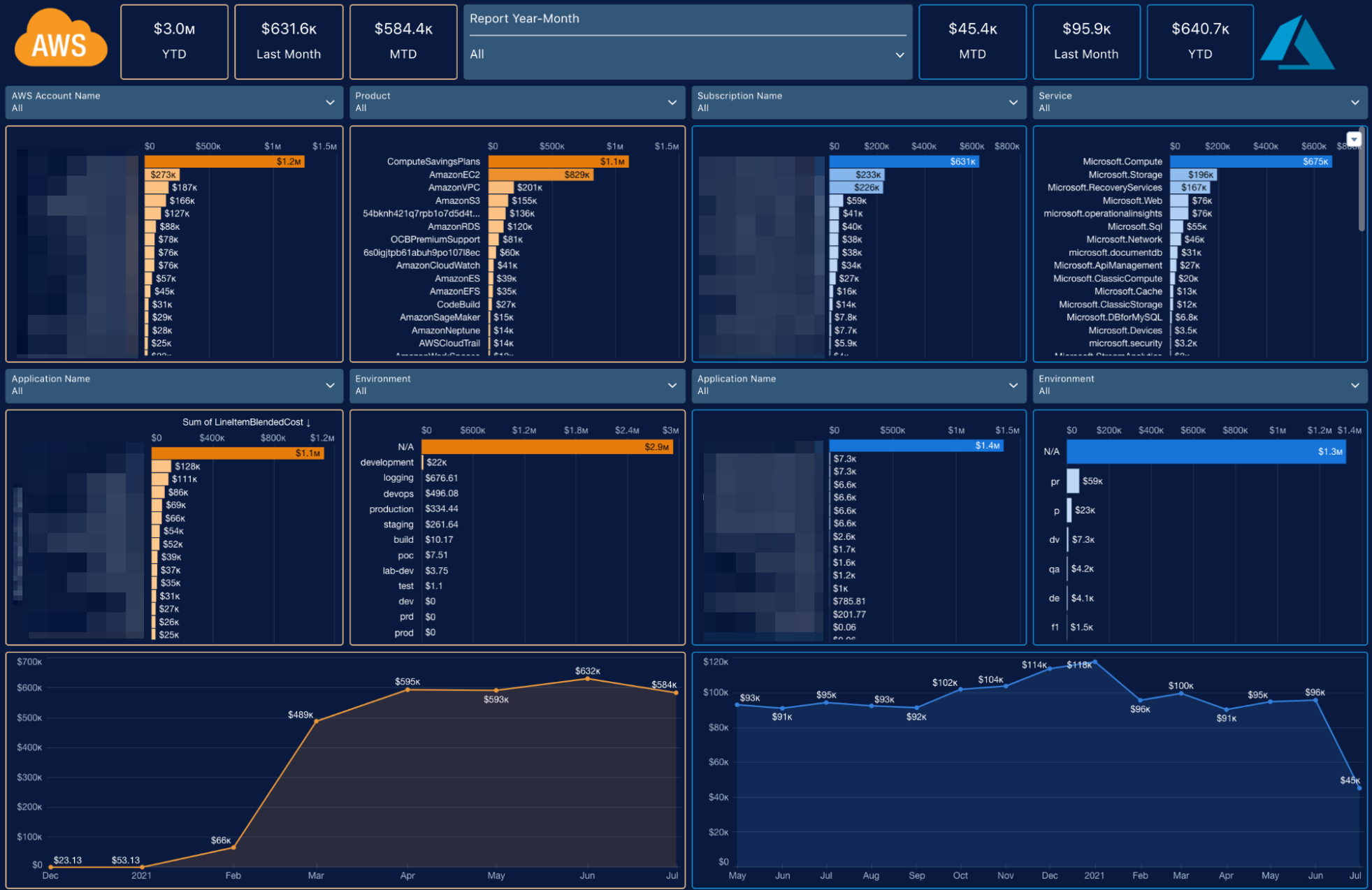Cloudaware - ServiceNow Competitive Analysis
The article provides a brief competitive analysis of Cloudaware and ServiceNow.
 To see how Cloudaware seamlessly integrates with ServiceNow in action, request a demo.
To see how Cloudaware seamlessly integrates with ServiceNow in action, request a demo.
General overview
Cloudaware is commonly deployed alongside ServiceNow to enrich ServiceNow with cloud assets that ServiceNow cannot discover on its own. Some customers, however, have replaced ServiceNow entirely with Cloudaware, often complementing it with additional tools such as Atlassian and PagerDuty.
Cost of ownership
Cloudaware collects information using API keys, without requiring intermediate servers or additional software installation on the customer’s side. In contrast, ServiceNow requires MID Servers to be deployed, installed, and configured – learn more here. In addition, MID servers must be updated regularly and introduce additional security risks, further complicating compliance requirements such as FedRAMP.
Azure and AWS support
Cloudaware supports ALL available AWS and Azure objects (over 2,500 in total), while ServiceNow supports only a limited subset:
Availability Zones
Resource Groups
Cloud Load Balancers
Cloud Public IP Addresses
Cloud Storage Accounts
Compute Security Groups
Hardware Types
Cloud Networks
Images
Storage Volumes
Storage Accounts
ServiceNow’s ability to discover cloud assets is extremely limited and hasn't been updated in more than 5 years. For example, ServiceNow DOES NOT support these objects:
AWS and Azure Backups
SQL Databases
App Services
DNS Record Sets
Billing data
While ServiceNow collects billing data for AWS and Azure, the data is only available at the account or provider level and is not reconciled at the CI level. For example, ServiceNow cannot show the cost of a specific instance or resource group. Cloudaware, by contrast, reconciles billing data for every CI.

Performance data
ServiceNow does not gather performance metrics from AWS and Azure, making it impossible to build reports on resource utilization. Cloudaware supports performance metrics from cloud providers.

Dashboards and reports
ServiceNow offers a limited set of out-of-the-box dashboards. Cloudaware, on the other hand, includes BI Analytics Engine, which allows both customers and Cloudaware team to build powerful and highly intuitive custom visualizations of customer data.

ServiceNow integration
Cloudaware can both push data into ServiceNow on demand and serve as a repository that ServiceNow can pull from on a regular basis. Cloudaware workflows, triggers, and actions can initiate API calls to ServiceNow. For example, when a change is detected in the cloud, Cloudaware can submit it in real time to ServiceNow using an outbound message. More information on ServiceNow integration is available in this guide.
